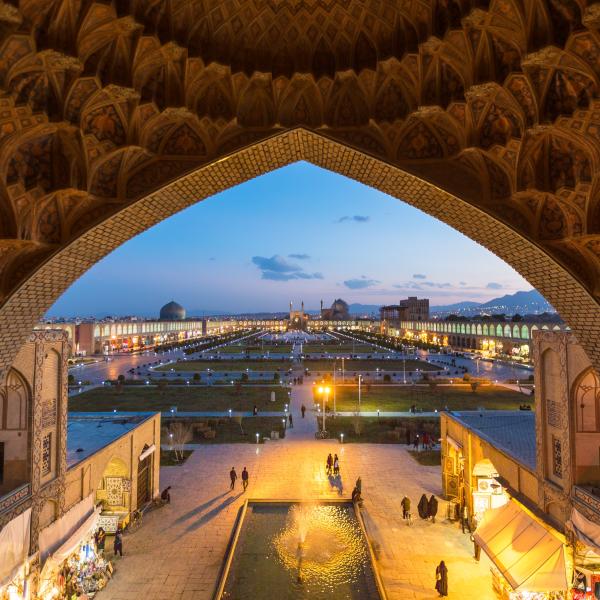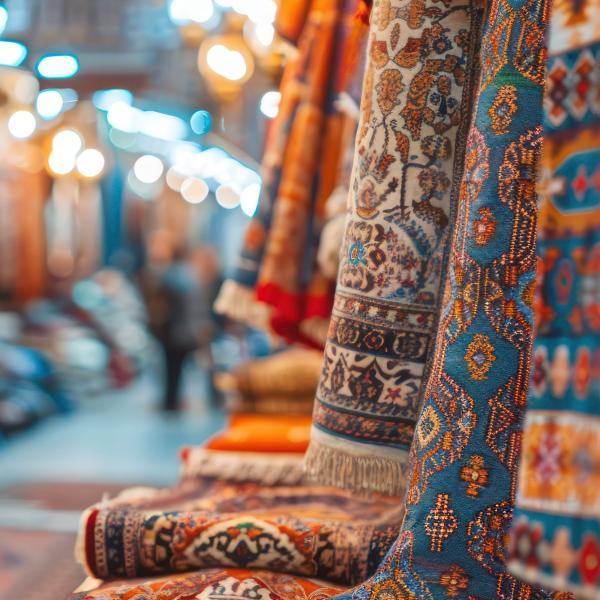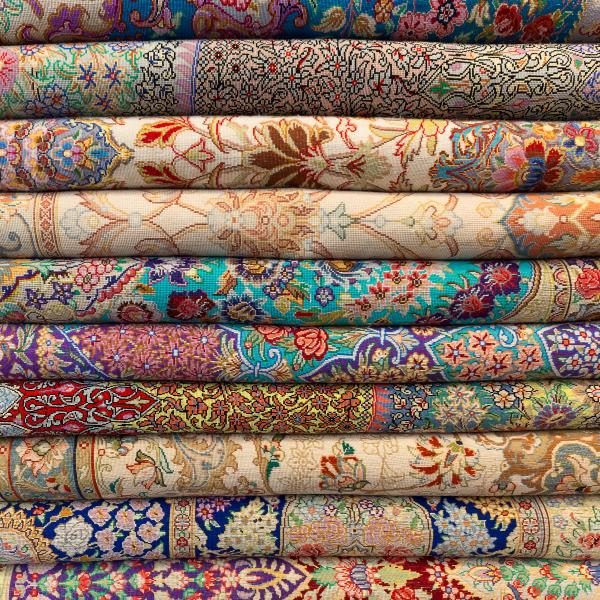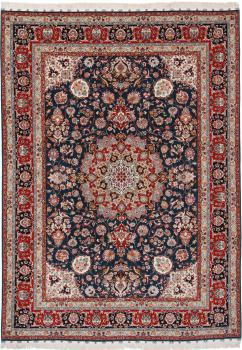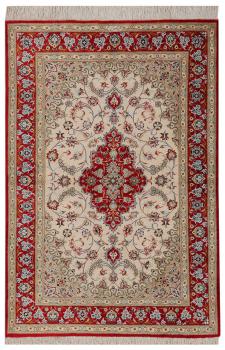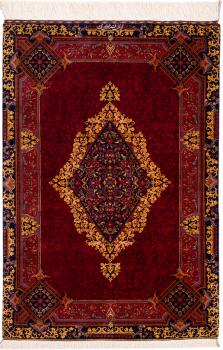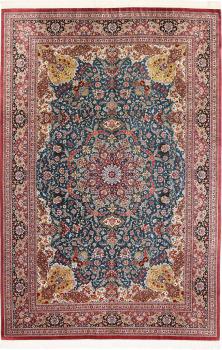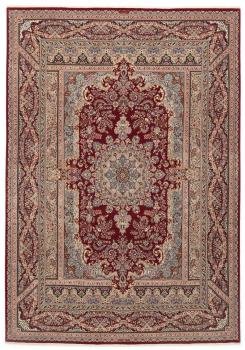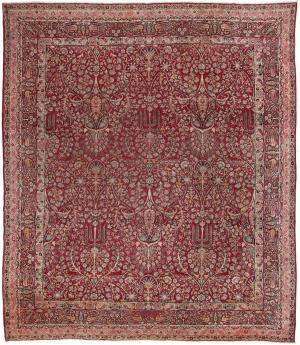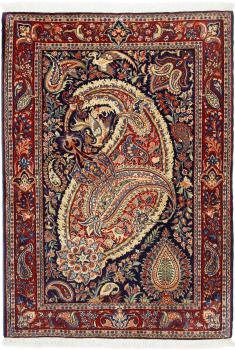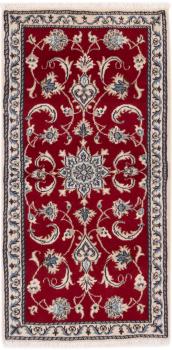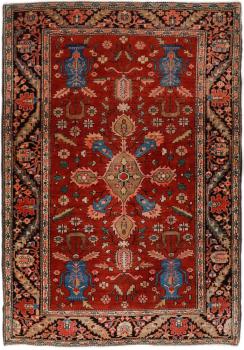Germany (DE)
 United Kindgdom (EN)
United Kindgdom (EN)
 France (FR)
France (FR)
 Spain (ES)
Spain (ES)
 Italy (IT)
Italy (IT)
 United States (EN)
United States (EN)
 Portugal (PT)
Portugal (PT)
 Netherlands (NL)
Netherlands (NL)
 Belgium (FR)
Belgium (FR)
 Belgium (NL)
Belgium (NL)
 Denmark (DA)
Denmark (DA)
 Finnland (FI)
Finnland (FI)
 Norway (NO)
Norway (NO)
 Sweden (SE)
Sweden (SE)
 Poland (PL)
Poland (PL)
 Romania (RO)
Romania (RO)
 Hungary (HU)
Hungary (HU)
 Japan (JP)
Japan (JP)
 Ireland (EN)
Ireland (EN)
 Greece (EL)
Greece (EL)
 Austria (DE)
Austria (DE)
 Switzerland (DE)
Switzerland (DE)
 Switzerland (FR)
Switzerland (FR)
 Switzerland (IT)
Switzerland (IT)
 New Zealand (EN)
New Zealand (EN)
 International (EN)
International (EN)

 United Kindgdom (EN)
United Kindgdom (EN)
 France (FR)
France (FR)
 Spain (ES)
Spain (ES)
 Italy (IT)
Italy (IT)
 United States (EN)
United States (EN)
 Portugal (PT)
Portugal (PT)
 Netherlands (NL)
Netherlands (NL)
 Belgium (FR)
Belgium (FR)
 Belgium (NL)
Belgium (NL)
 Denmark (DA)
Denmark (DA)
 Finnland (FI)
Finnland (FI)
 Norway (NO)
Norway (NO)
 Sweden (SE)
Sweden (SE)
 Poland (PL)
Poland (PL)
 Romania (RO)
Romania (RO)
 Hungary (HU)
Hungary (HU)
 Japan (JP)
Japan (JP)
 Ireland (EN)
Ireland (EN)
 Greece (EL)
Greece (EL)
 Austria (DE)
Austria (DE)
 Switzerland (DE)
Switzerland (DE)
 Switzerland (FR)
Switzerland (FR)
 Switzerland (IT)
Switzerland (IT)
 New Zealand (EN)
New Zealand (EN)
 International (EN)
International (EN)





















